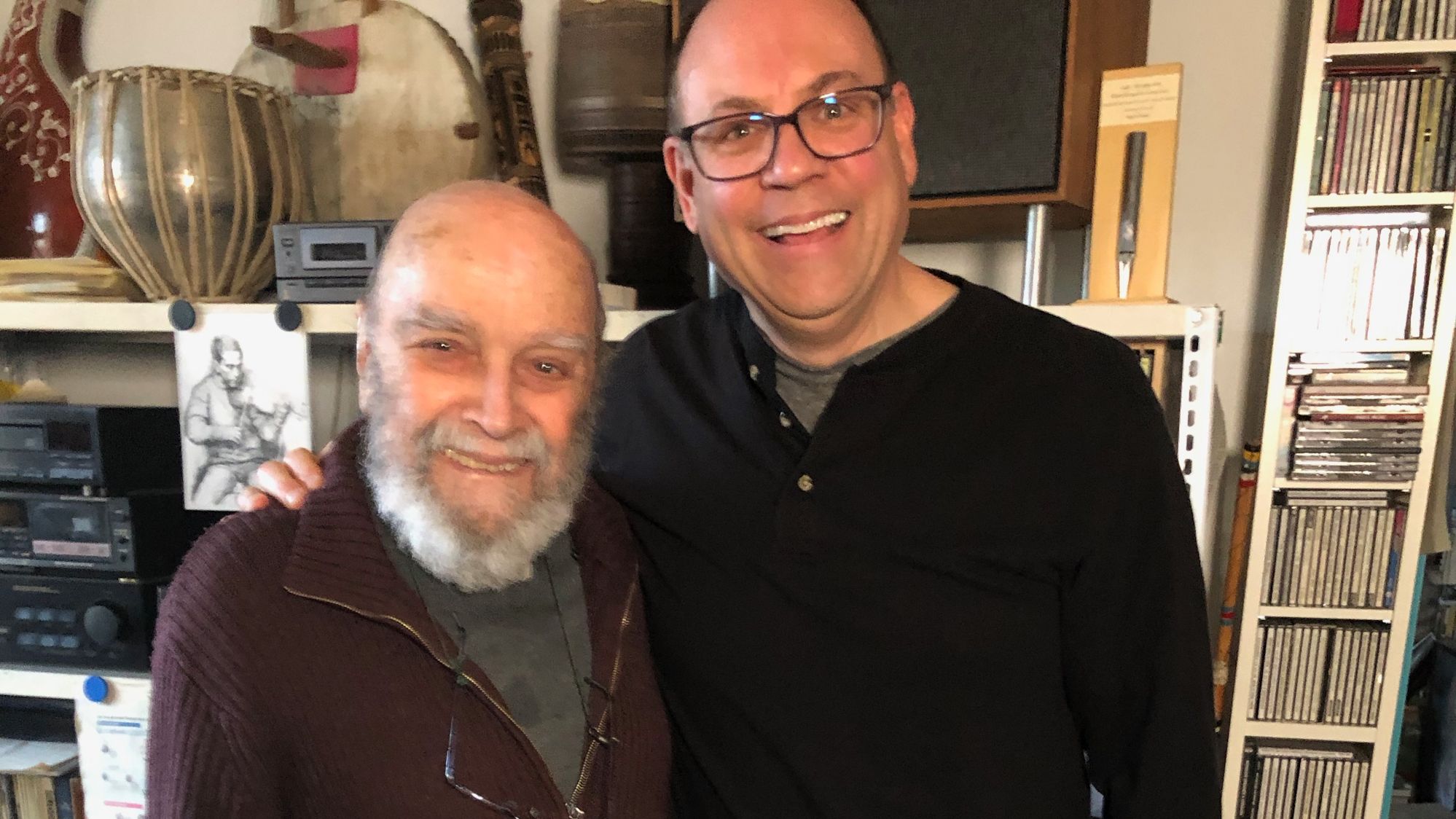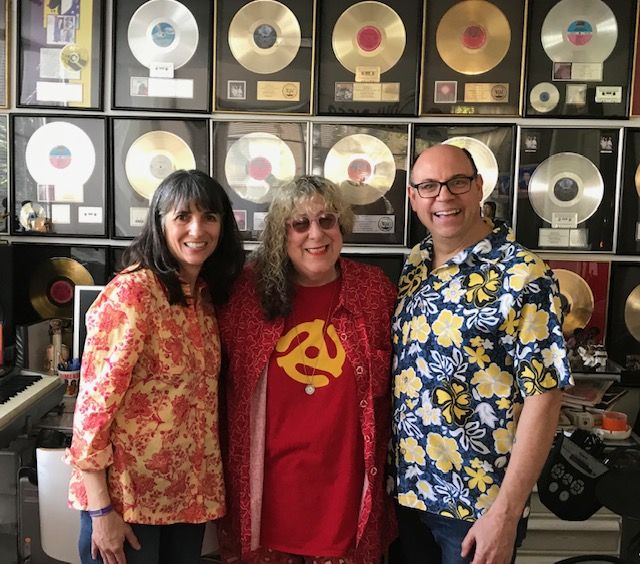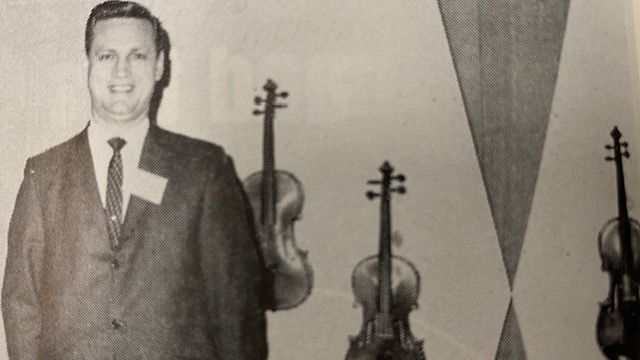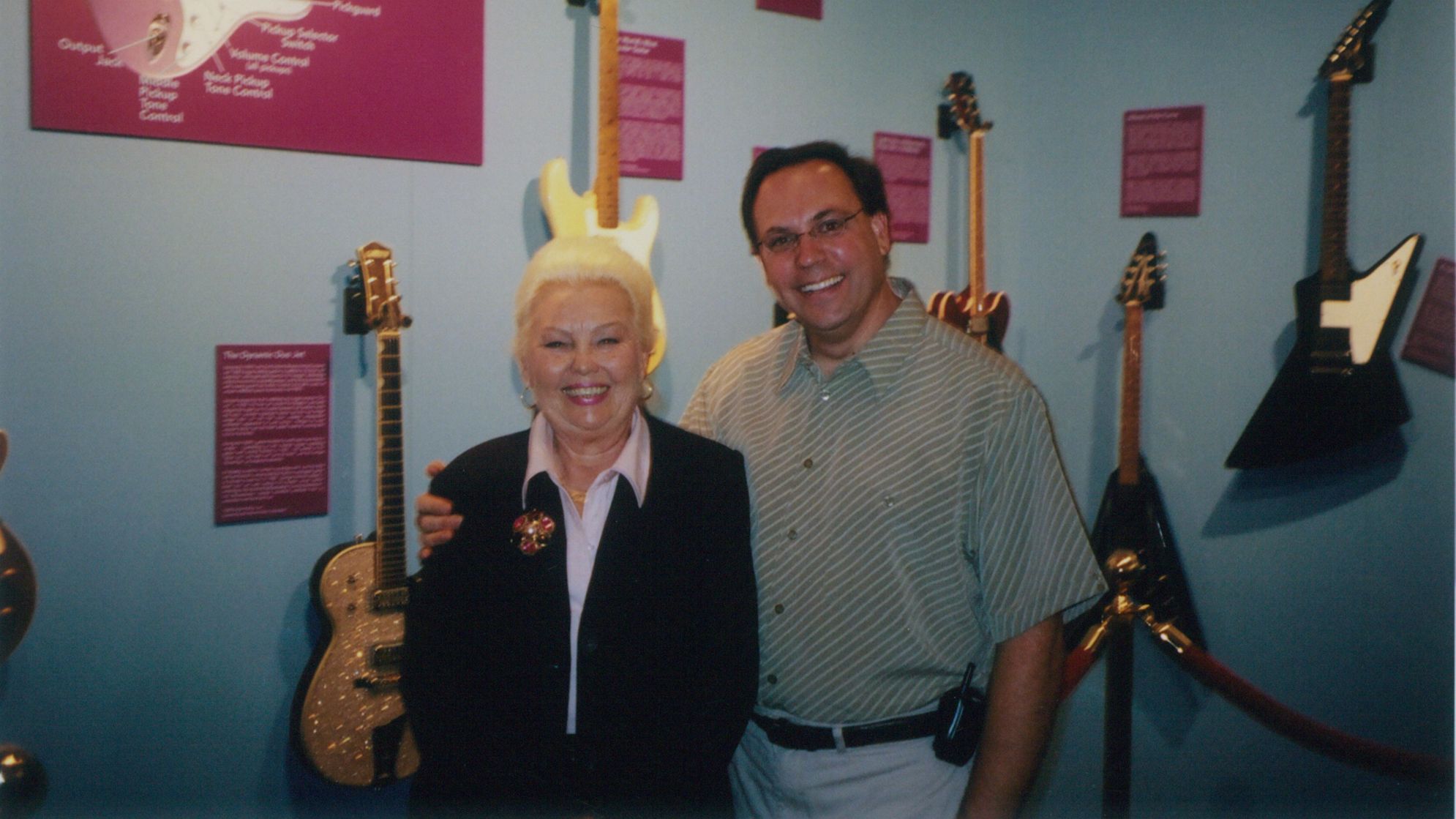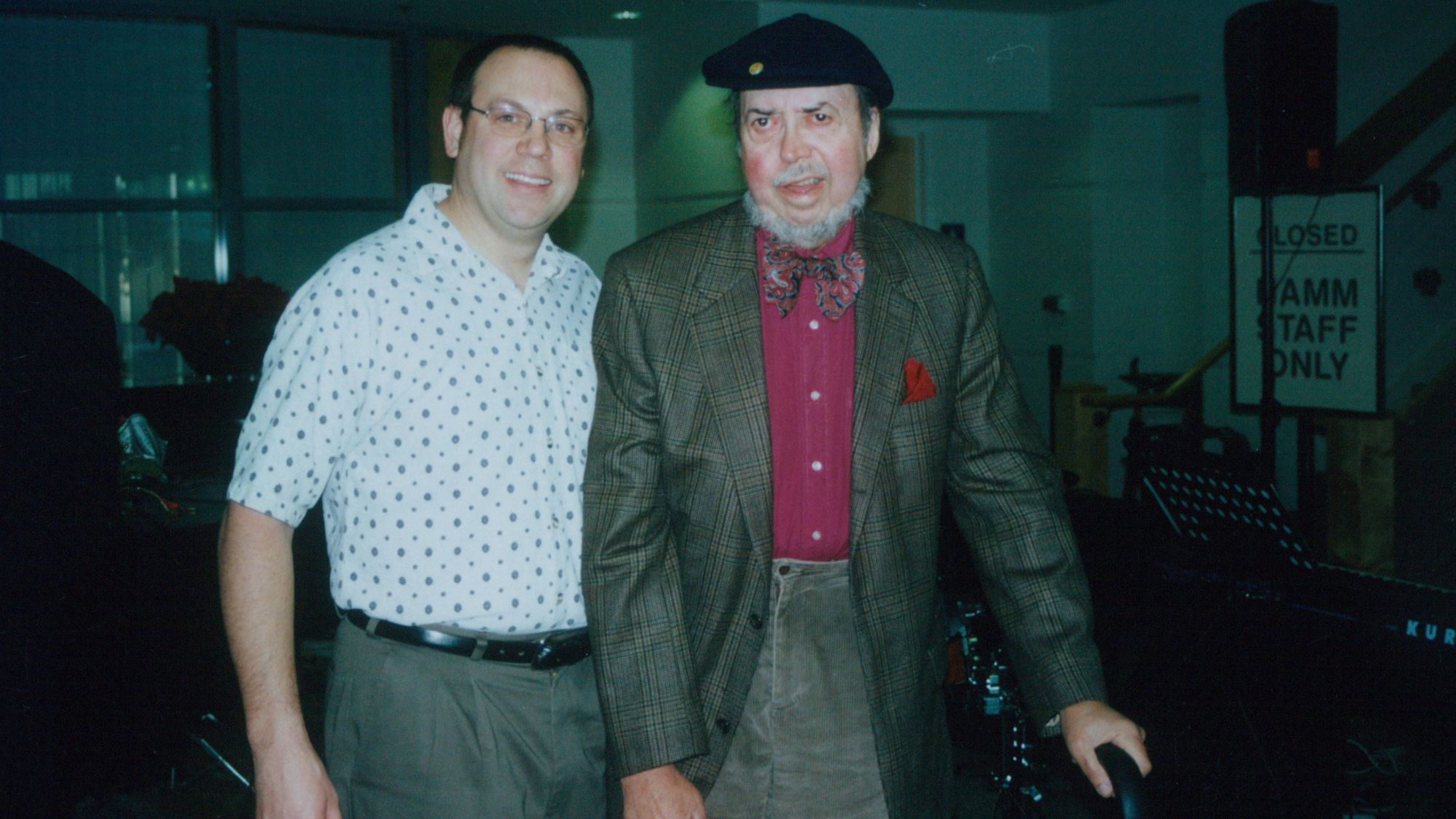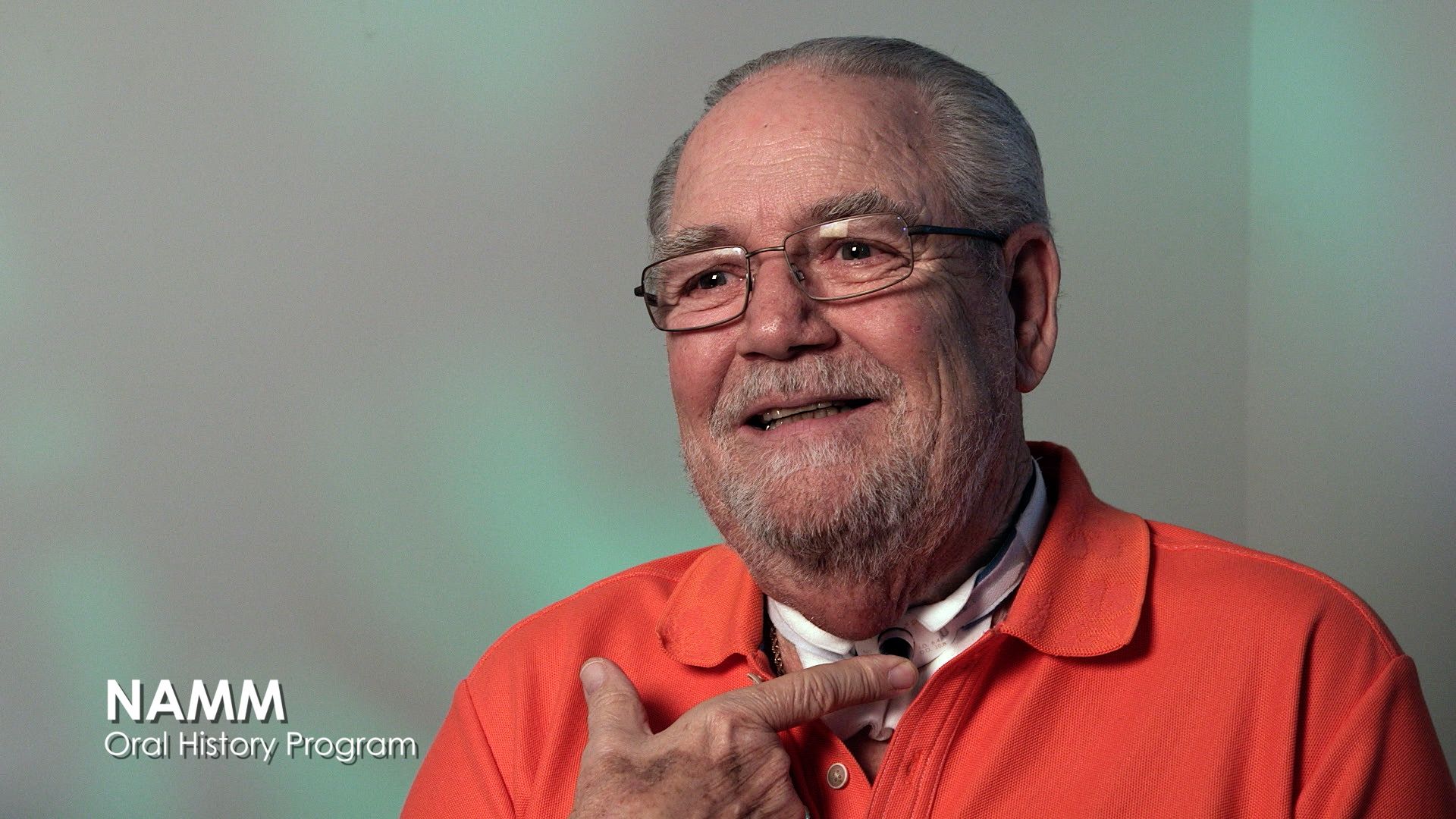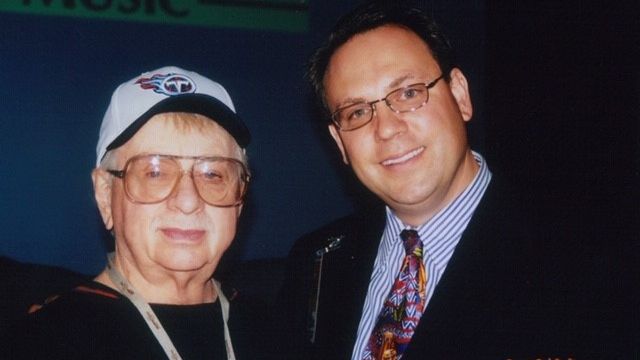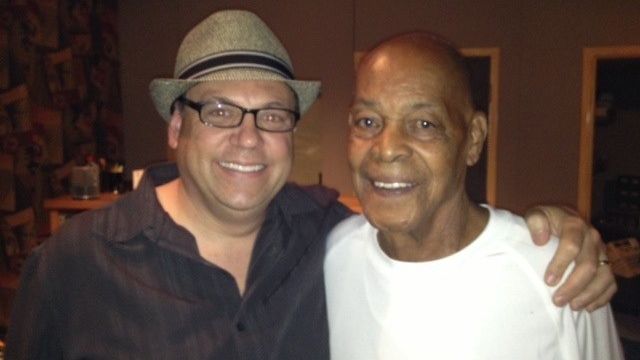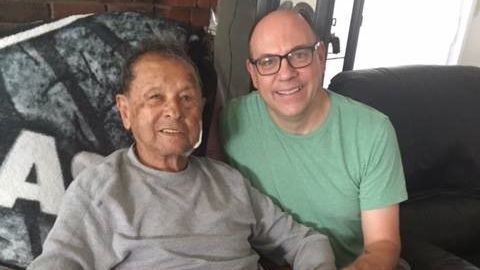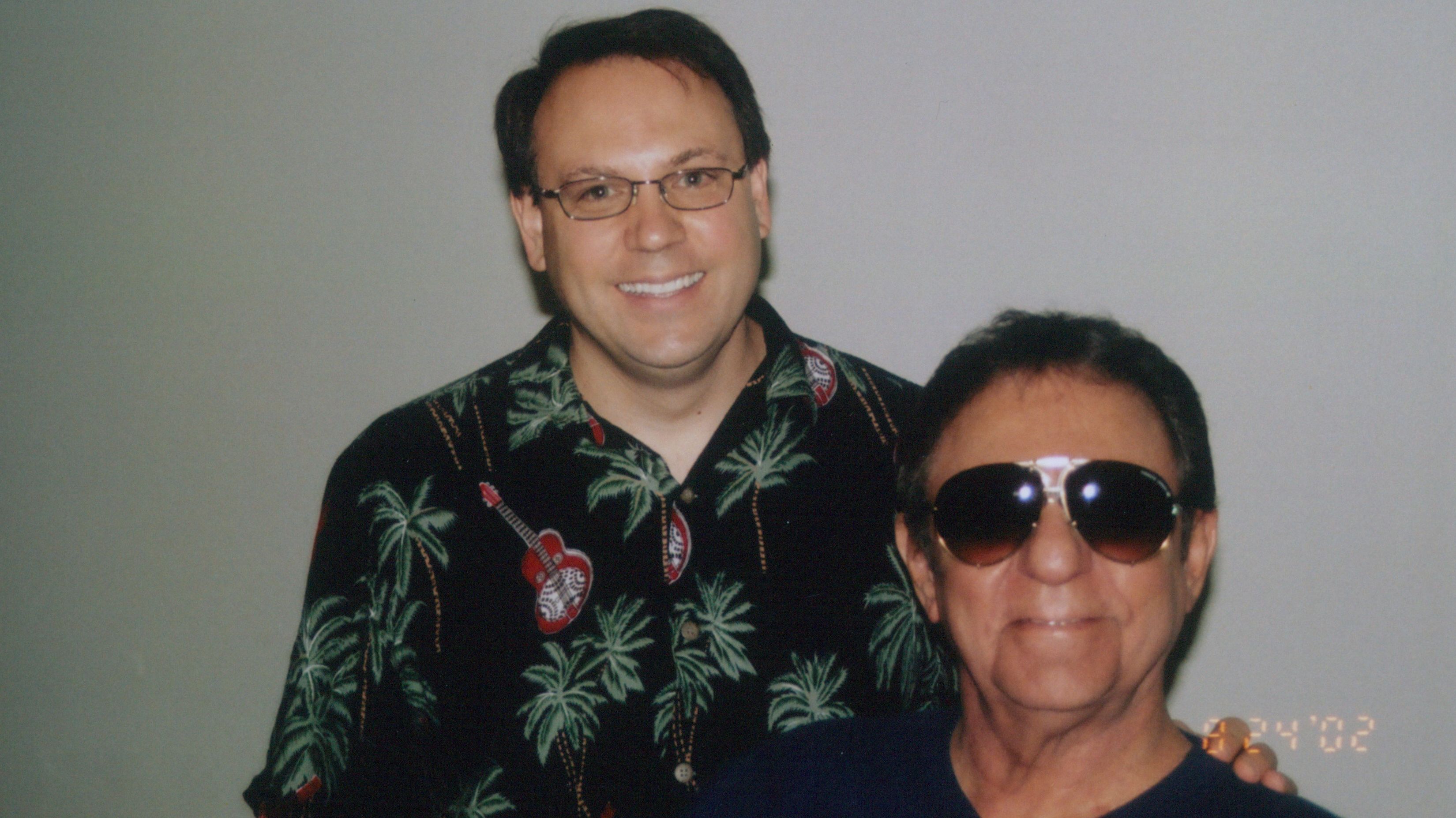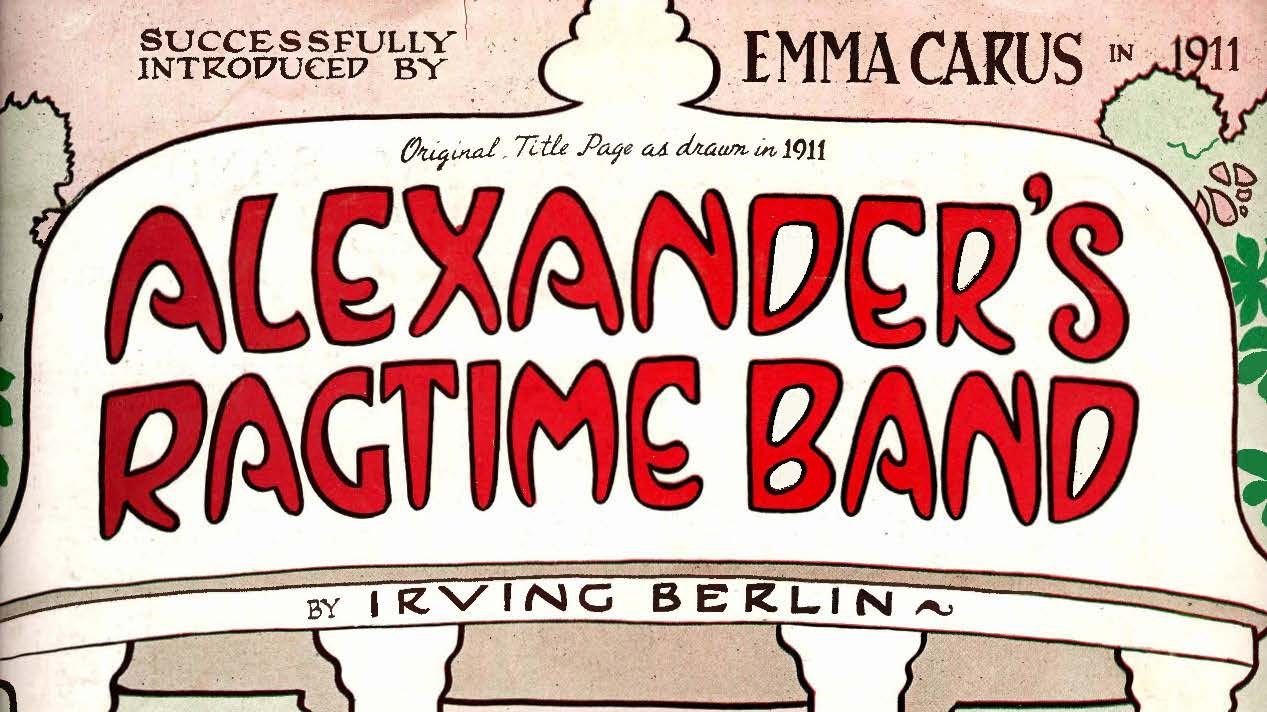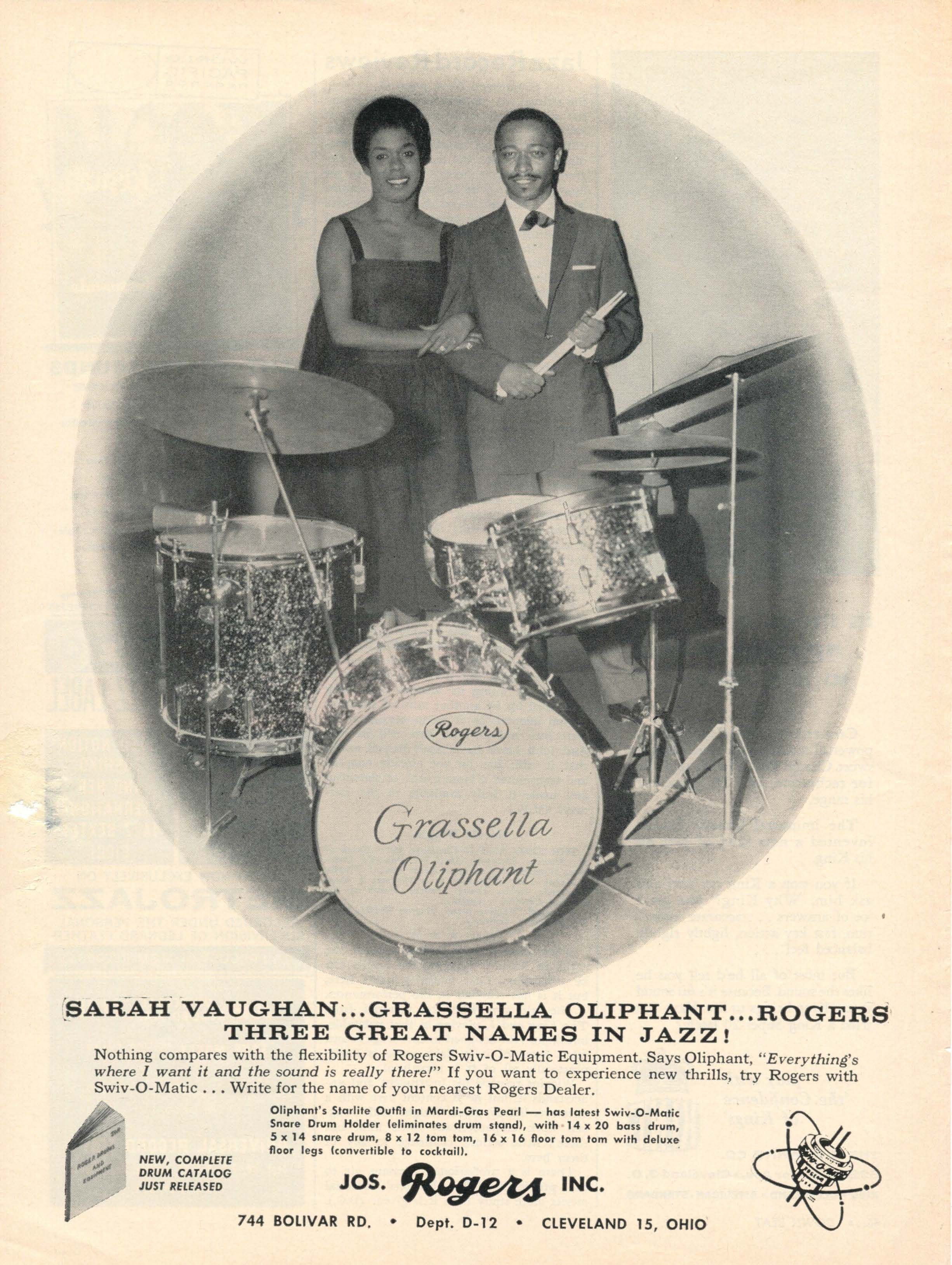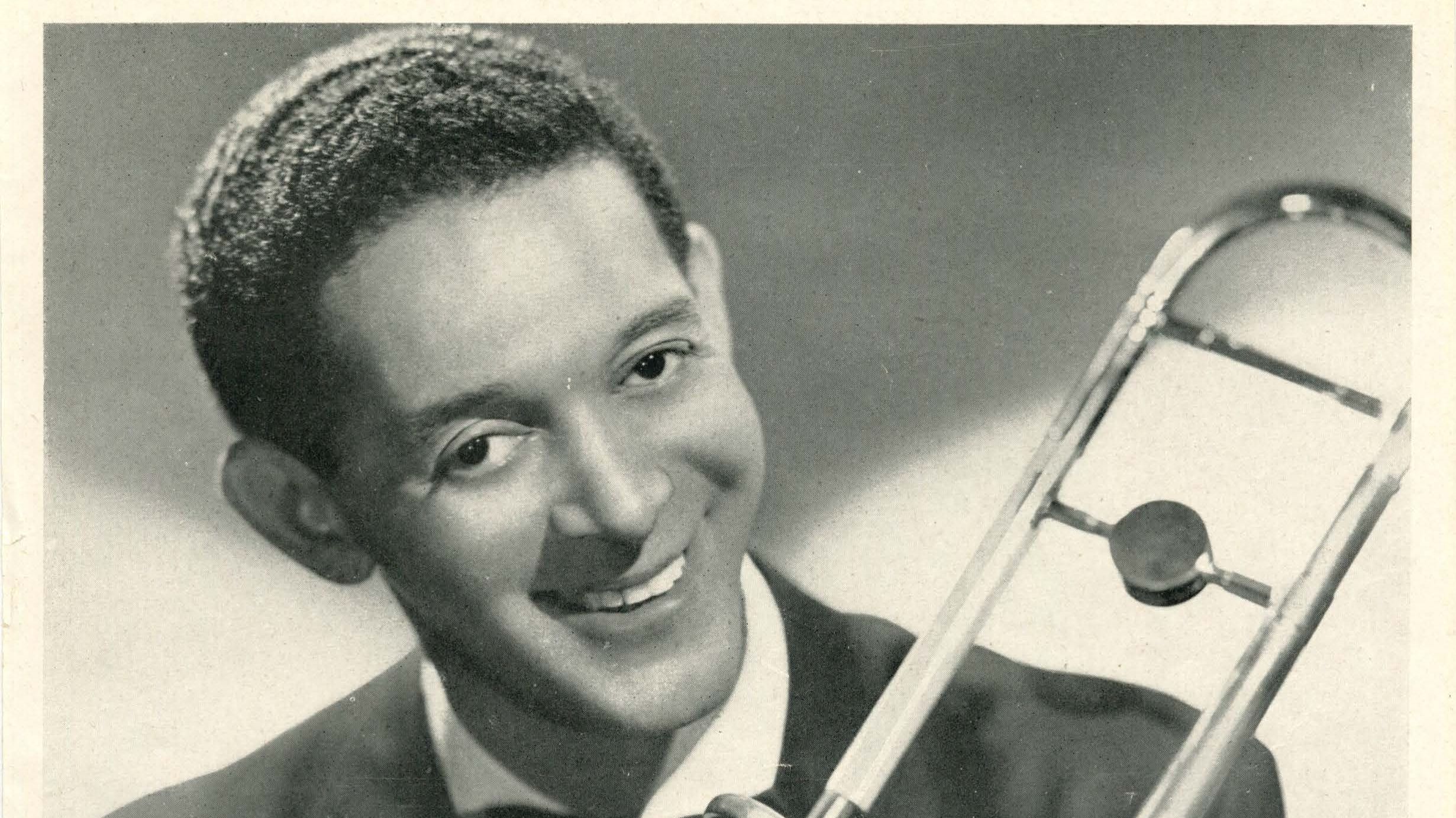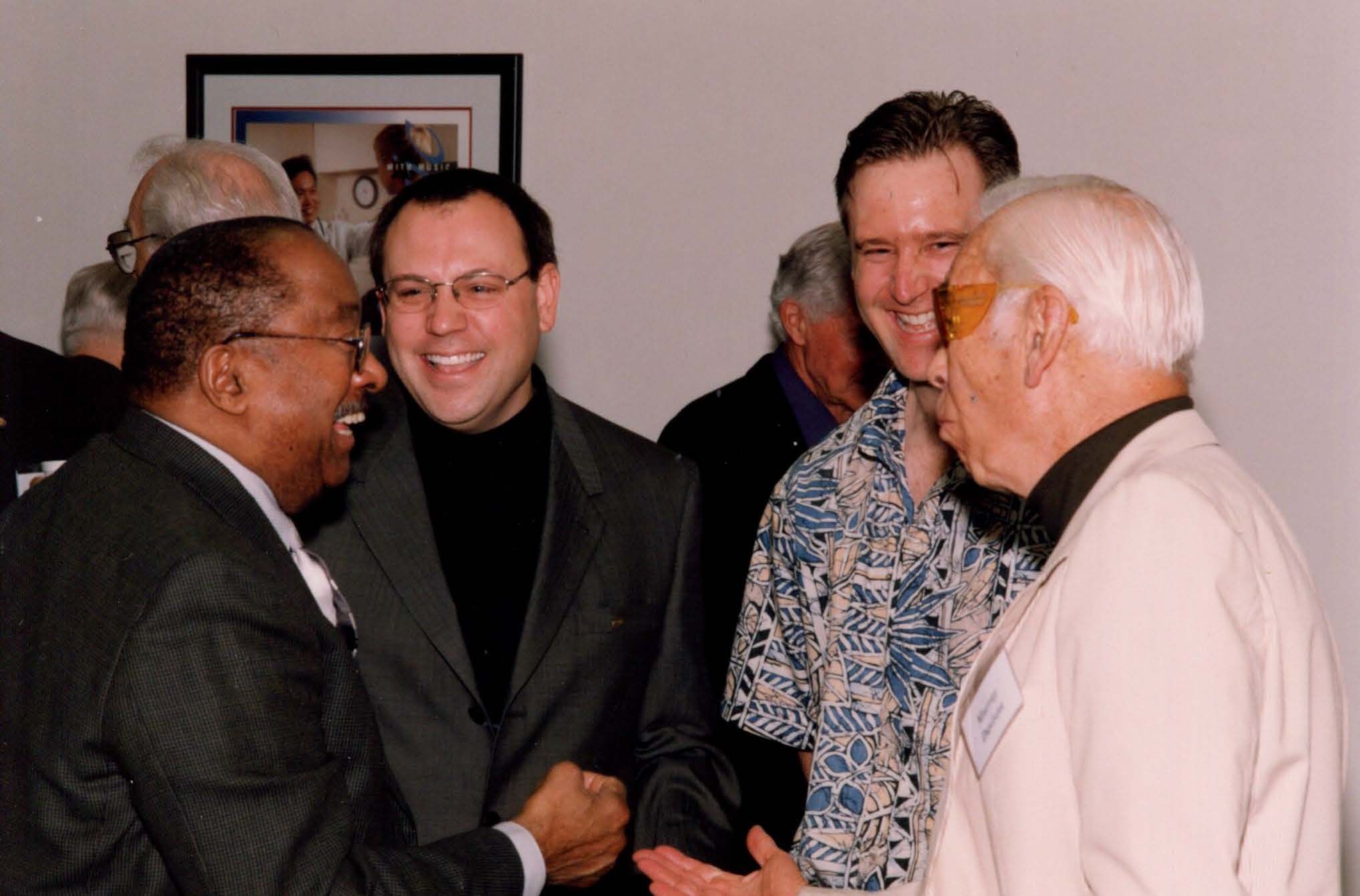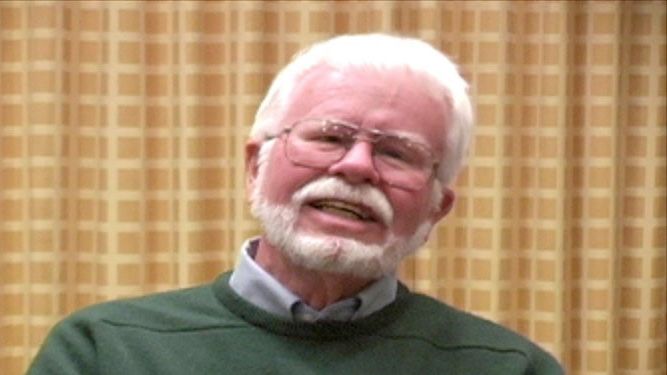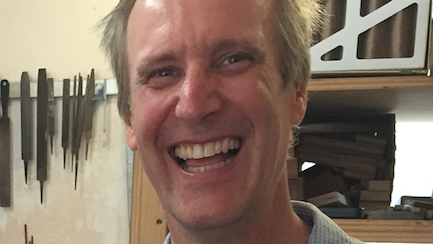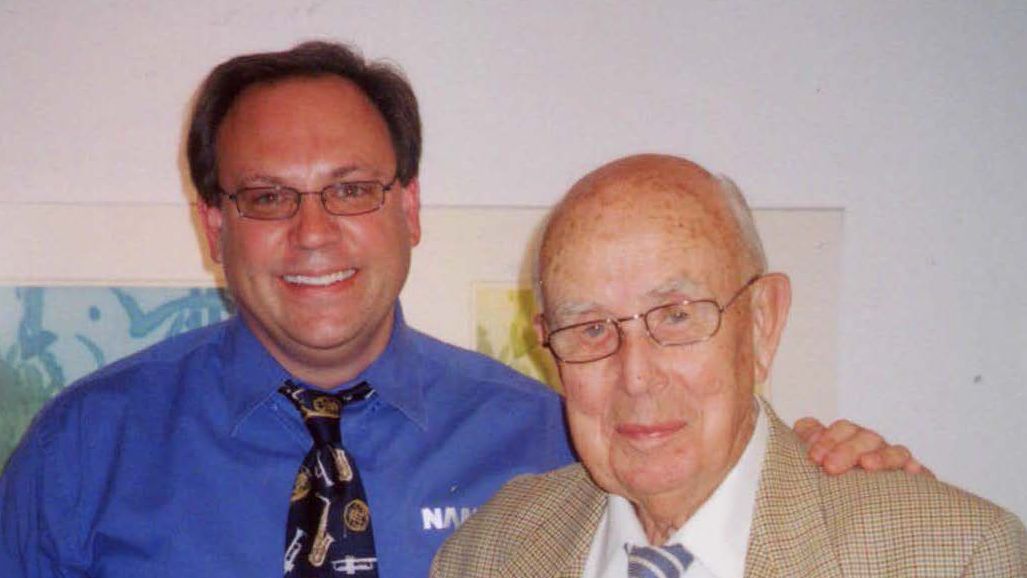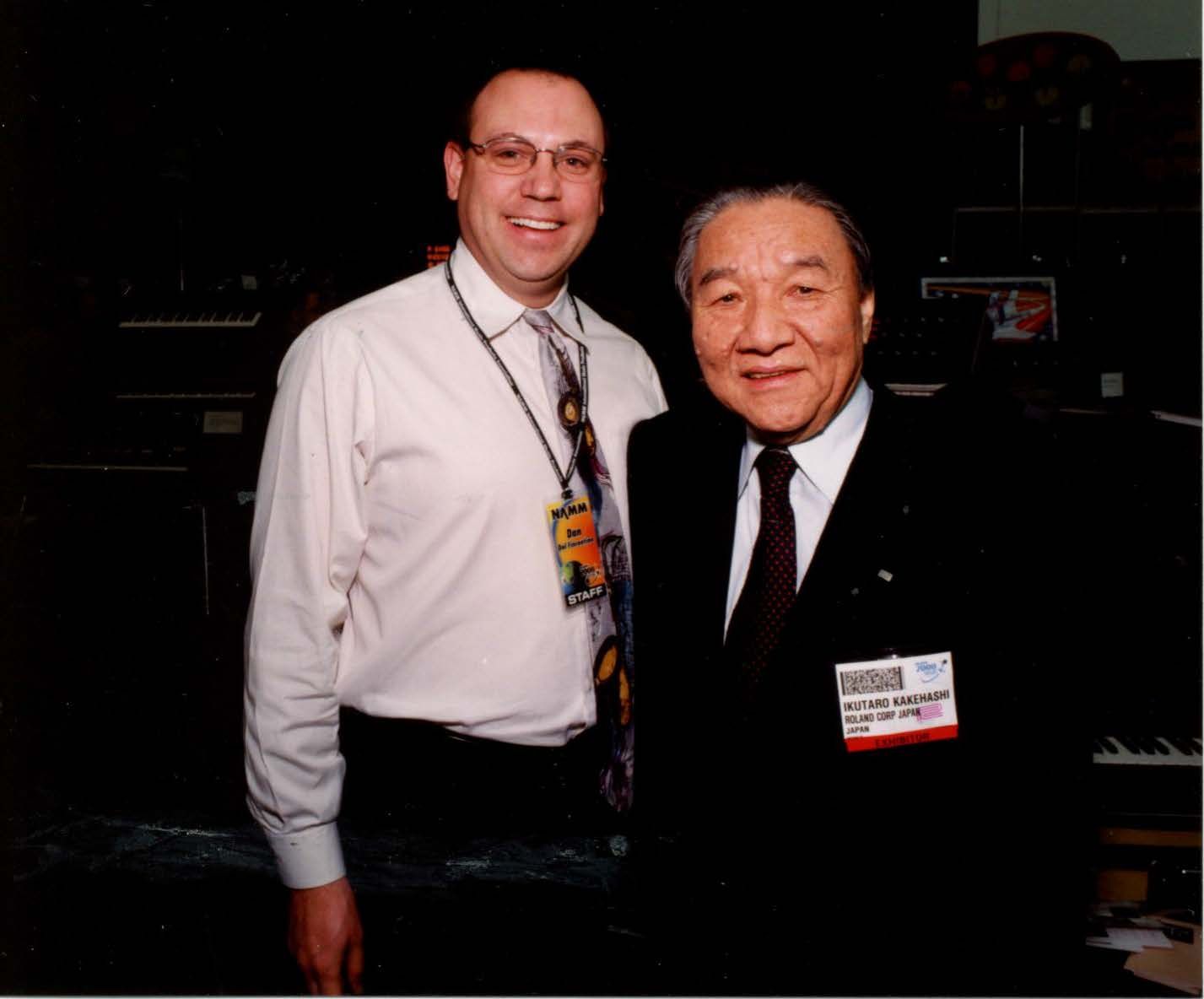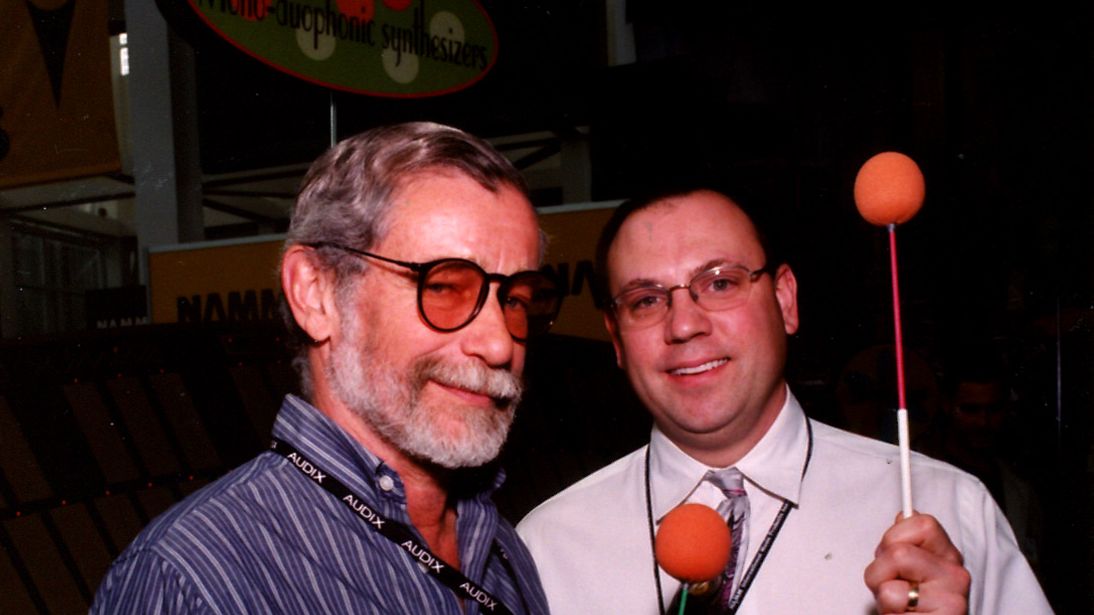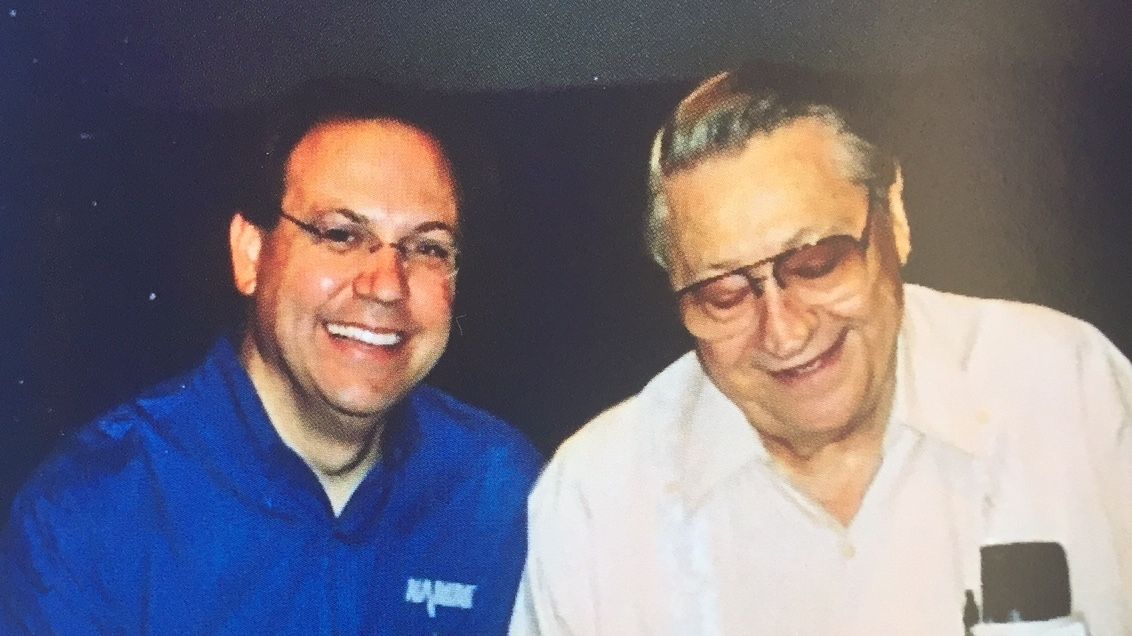Remembering a Friend
Back in 2008, I set out on a quest when it became clear that the NAMM Oral History program did not yet include many DJ equipment manufacturers. I contacted several NAMM member companies, including Gemini Sound. Each call resulted in basically the same response
In many ways, I feel fortunate to have interviewed the Spanish composer, Luis de Pablo.
The interview took place just a month before the pandemic put a halt to my travels in 2020, during which time Maestro de Pablo passed away at the age of 91.
What always struck me about Rebecca was her knowledge of musical instruments and her kindness to share that information. And while I thought she knew it all, she was always reading articles and books to gain even more understanding of the instruments she repaired and the company history behind each of them.
In 2018, Songwriter Allee Willis shared how growing up near Motown inspired her amazing career as a songwriter. In this program that originally aired during the 2021 NAMM Believe in Music Week, Dan and Suzanne Del Fiorentino share a few stories of their visit with Allee at her home.
Robert (Bob) S. Johnson represented the era of The NAMM Show when simple displays were the norm, which typically included a few instruments and an order book. In the early days, exhibitors displayed their goods first in hotel rooms, over time expanding into larger ballrooms before moving to the convention centers of today. Bob proudly represented the William Lewis & Son violin company for years.
After reading several publications on Leo Fender’s career, it was a refreshing treat to hear about the man behind the workbench when Mrs. Phyllis Fender sat down for her NAMM Oral History interview in 2003. She recalled her late husband’s passion for his work and how he would wake up in the middle of the night with an idea. She spoke of their marriage, his love of ice cream, and the illness that took him from her in 1991. Phyllis was the proud keeper of his flame, providing presentations about him whenever she was asked and standing for hours at a time at The NAMM Show answering questions from those who admired her husband’s contributions to music.
Twenty-one years ago, in July 1999, I called music legend Barney Kessel who despite never viewing himself as an icon is certainly one of the greats. I had interviewed him years earlier for a radio show I hosted in the Bay Area but had since lost the original tape. This time around, I called just to let him know he was still being remembered for the amazing music he provided to us on records, television, and in the movies.
It appeared that the only way for me to capture an interview with Walter Fuller was to drive to his home in an unincorporated area of San Diego, pick him up and take him 40 miles north to the NAMM headquarters building and back home again.
The people of our music products industry are like a sports team, made up of some of the most passionate and talented players who share common goals, drive, and ideals. One such member of this particular team was William 'Bill' Reglein who embraced the goal to bring music to everyone who has a desire to play because the benefits are endless. We are proud when a child makes their first sound on an instrument and prouder still when they learn to express themselves with music. One day when a list is compiled of this amazing team’s coaches, look for Bill’s name because it will be there...in bold.
When you hear “Oh, Pretty Woman” by Roy Orbison, you’re hearing Buddy Harman on drums!
When you hear “Cathy’s Clown” by the Everly Brothers, you’re hearing Buddy on drums.
When you hear the light brushwork on Patsy Cline’s “Crazy”, you’re hearing Buddy.
When you hear “Little Sister” by Elvis Presley you are hearing…well, you get the point! It’s Buddy Harman on drums!
Since I was an early teen, I wanted to meet a bongo man named Preston Epps. I was first made aware of him when I was about 13 years old, sitting on the floor of my uncle's house and listening to records. My uncle played several of his 45s for me that he had kept since he was about my age. I recall watching the label spin around and around while I listened to some of the coolest music I had ever heard! One such record was “Bongo Rock” by Preston Epps. I recall thinking, "It sure would be nice to meet that man." Fast forward to my 30s when I was conducting interviews for NAMM, I asked several friends if they could help me locate Mr. Epps and to my great surprise, I not only got to interview him, but we became friends.
Record companies seemed to be quick to jump on the bandwagon for instrumental trends in the early 1950s. The combination of the waning popularity of big bands and a large cache of powerful musicians still under contract, record companies such as RCA were looking for every opportunity to take advantage of the next big musical fad. Trends came and went during this time, such as the exotica sounds made famous by Martin Denny and the cool lounge style of Les Baxter. Right in the middle of this period, Latin marimba player Manny Lopez was asked if he would put a full album together of ch cha cha songs. He did and another popular instrument trend promptly swept the country.
The NAMM community and musicians everywhere are mourning the loss of Hal Blaine, known as the world’s most recorded drummer, who passed away at the age of 90 on March 11, 2019. Hal was a fixture within the NAMM ecosystem, often spotted at a NAMM Show booth talking with people for as long as they wanted. Hal also was extremely passionate about the work of the Museum of Making Music in Carlsbad, California. Shortly after the museum first opened, Hal, volunteered not only his time, but his expertise to speak to guests at a drum exhibition and by the end of the event, Hal even left behind one of his own drum kits for other patrons to enjoy. Hal was a friend to all who will be dearly missed.
By including the name of a musical instrument such as piano, banjo, and clarinet in his song titles, Irving Berlin became an advocate and promoter of our industry!
There are those we meet for which we feel an immediate connection. This was the case when I first met Grassella Oliphant and he later told me that he felt the same way. There was something special about Grass, both as a person and when you heard him play the drums. In the early 1960's he performed for Sarah Vaughan who remarked that Grass was nice and easy on the brushes which allowed her the time and space to explore the song. As I said, Grass was special.
Trummy Young was the very first person I ever interviewed. His kindness and fascinating life captivated me and his interview became the foundation of my passion for capturing the stories of those in the music world, which is now my career, my dream job. As I write this blog, August 2018, it’s likely that I will record my 4,000 interview this fall. And to think, my first interview was when I was
Arne Berg came into my life thanks to Yoshi Abe, the engineer behind the TEAC reel to reel recorder. When Abe-San was interviewed, he informed me that fellow audio engineer, Arne Berg, was living just north of me in Southern California. Budd Johnson was a coworker of Arne’s, and after several years of effort and the wonderful help of Patty Johnson (Budd’s wife), I was finally able to connect with and interview Mr. Berg.
Specs was a drummer’s drummer! When I first sat down with Ed Shaughnessy (1929-2013) who played drums for The Tonight Show starring Johnny Carson, all Ed wanted to talk about was the lessons he learned from Specs Powell!
Specs was also a friend’s friend! And I was humbled and honored to have known him!
Each time my wife and I take a walk in a new place, we take a moment to pick up a pebble to remember the experience. As I reflect back on some of the influential people that I have had the privilege to meet and know, I thought of this concept: that learning a nugget of knowledge from these mentors is a lot like picking up a pebble. Each time I learn something new, I gain another pebble of wisdom. Just last night, I learned of the passing of jazz journalist and dear friend, Cam Miller, who I certainly picked up several pebbles of wisdom from over the years.
A love of jazz first brought Eric and me together. We worked together for several years in the 1990s, but even after that working relationship ended, our friendship grew. He knew all about the bebop era and I knew about the swing era, and together we covered 50 years of jazz and explored all the other eras together.
Professor Fritz Sennheiser had a deep interest in audio, long before he designed a tube voltmeter and his first microphone after World War II, which launched his company, Sennheiser Electronic. He was born in Berlin in 1912 and by the time he was ten, he was already building his first crystal radio set.
No one I have ever interviewed embodied the wide-eyed excitement of a child and teamed it with the creative engineering of a world-class scientist like Ikutaro Kakehashi. Mr. K was passionate and full of gratitude for "being lucky enough" to design and develop musical instruments, which as he often pointed out, would be held in the hands of great musicians who would then make the world sound better!
The annual NAMM Tribute program is our industry’s chance to pause and remember those no longer with us. This special program includes the names and images of those who have passed away since our last gathering in Anaheim. This year’s program will begin at 5:30 pm on Thursday in front of the Yamaha Grand Plaza Stage outside of the convention center. With music and friends, we have a chance to reflect and remember. Please join us as our industry comes together to pay our respects.
Don Buchla was among the most influential engineers in the early development of electronic music. His Buchla 100 was used by a long list of electronic composers who wanted to explore the sounds that were possible on this instrument. That list includes Morton Subotnick, Pauline Oliveros, and Gladys Krenek. In later years, his instruments were explored by a new generation of composers such as Suzanne Ciani. Along the way, Don continued to create units that inspired artists to make reality what was only in their minds and imagination.
First and most importantly, it is a humbling statement that Scotty Moore was my friend! Long before I knew his name, I knew that sound! I could pick out his guitar licks on records that didn't even list his name on the jacket (expanded internet listings now give me confirmation). When I was ten, my mom took me to the big city library where I boldly asked the reference librarian who was playing the electric guitar behind Elvis.
